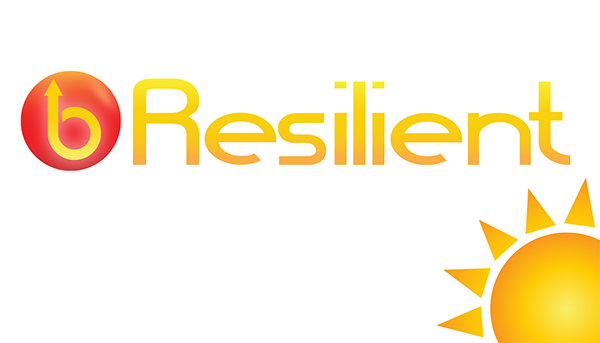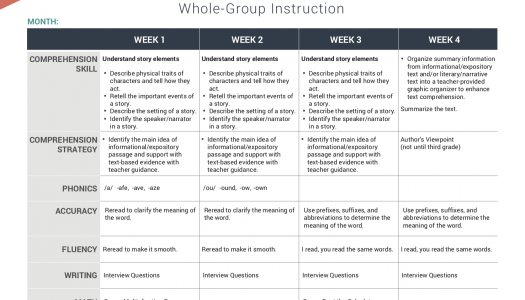Allison Behne
“Caption this photo.”
That was the text I sent to each person on our team a few days ago. The responses were insightful. There are seven of us, and we all had something different to say. We all saw the same exact image, yet without context we all interpreted it differently.
- Waiting for a new baby sibling to arrive.
- Rain, rain, go away.
- I have been waiting all my life for this moment. (Boots [check], matching umbrella [check], weather . . . perfect.) Power to me!
- I have been looking for an excuse to break out my hot pink umbrella and rainbow boots. Yes!
- Patience is . . . when you wait for the rain puddle to get deep enough for the perfect splash.
- Gray skies are gonna clear up, put on some rainbow boots.
- Waiting for my best friend to come home on the bus, rain or shine!
Perception and reality are not the same.
We know this, yet in the middle of a busy school day we can often forget. We enter into conversations with students, colleagues, and parents, and listen and respond based on our perceived reality of what is happening—often without full context.
An overly excited child, a quiet colleague, an upset parent . . . All have a backstory of which we are most likely unaware. The simple exercise “caption this” shows that we all bring our own experiences to the table when creating a story. And although we may be close to the truth, chances are we are still missing some key details.
It is always helpful to be aware, ask, and listen to learn more about what is going on.
How would you caption this image just by looking at it? How would you caption it if you knew that on this specific day this little girl was outside playing in the rain with her mother and stopped to watch a car go by?
In interpreting a situation, context matters.
News From The Daily CAFE
Building and Maintaining Student Engagement
One Big Rain: Poems for Every Season Compiled by Rita Gray
Planning For Instruction—Curriculum Calendar









